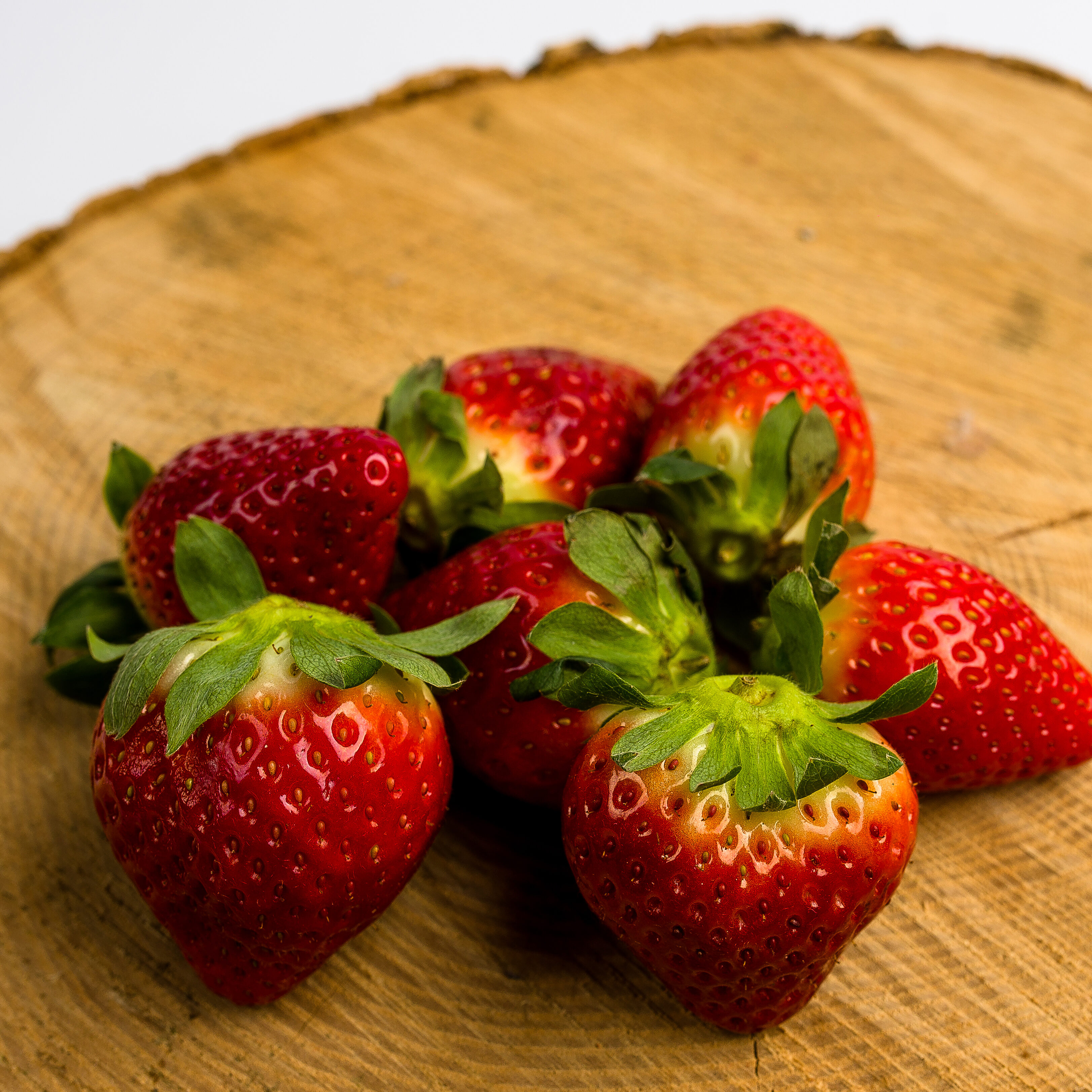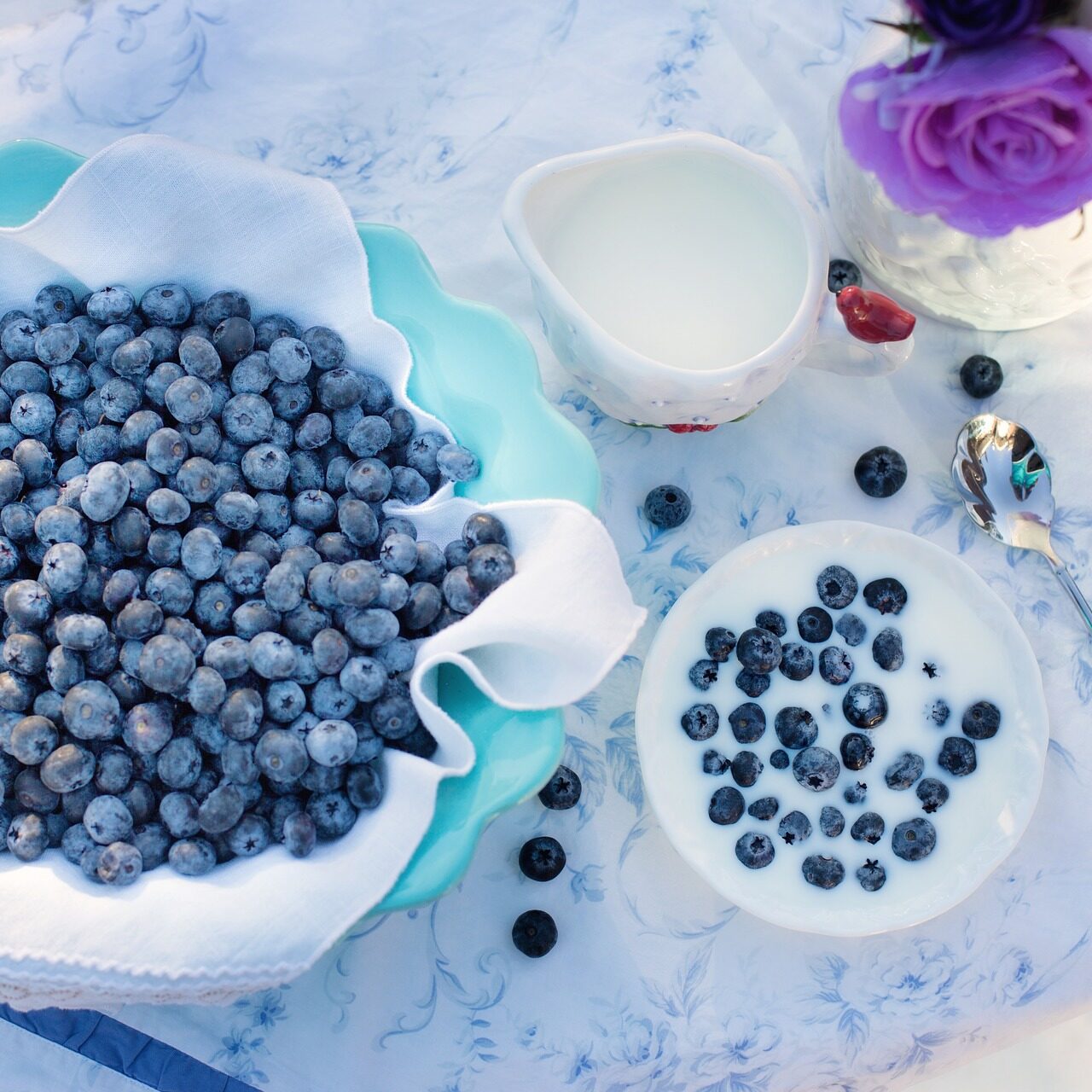
Rhubarb - details and properties
Rhubarb is a unique perennial vegetable, cherished for its striking appearance, tangy flavor, and culinary versatility. Its long, thick stalks come in vibrant shades ranging from deep red to pale green, adding both visual appeal and flavor to dishes. The stalks are smooth, crisp, and juicy, while the large, green leaves are inedible due to their toxic properties. Rhubarb’s distinctive look and sour taste have made it a staple in kitchens, particularly for creating refreshing desserts and sauces.
In addition to its aesthetic and culinary appeal, rhubarb offers a nutritional boost. It is low in calories but rich in fiber, vitamin K, and antioxidants, making it a great addition to a balanced diet.
Rhubarb - use in the kitchen
Rhubarb’s versatility allows it to shine in both sweet and savory dishes. Its tangy, sour notes make it a popular ingredient across a variety of culinary creations. Some of the common uses include:
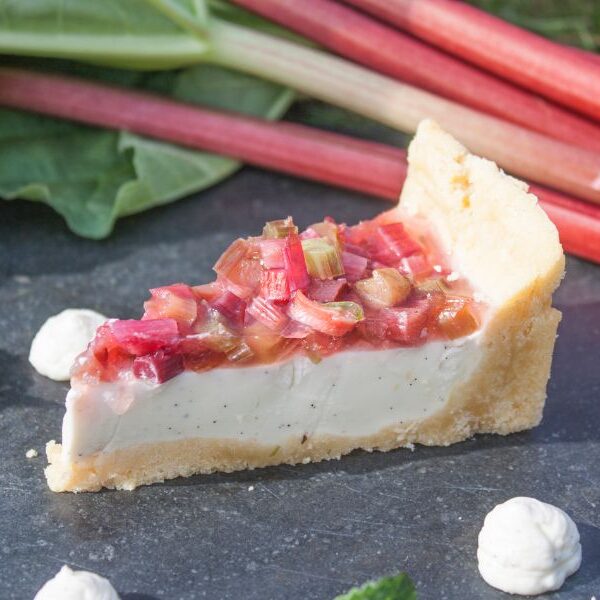
Pies
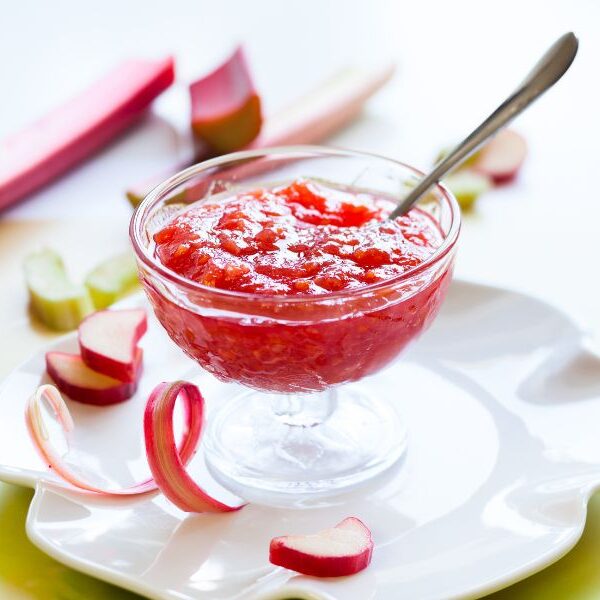
Desserts
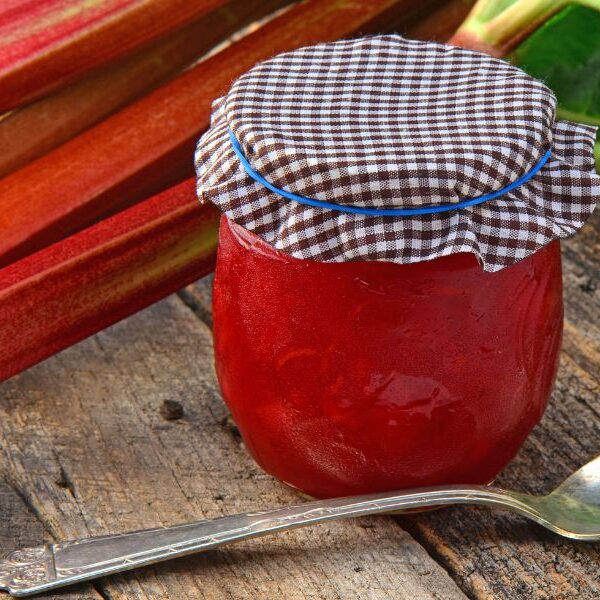
Jams

Chutneys

Beverages
Rhubarb’s ability to complement both sweet and savory ingredients makes it a versatile addition to any kitchen.
Rhubarb supplier - our offer and shipping
At Ansław, we specialize in providing wholesale rhubarb crowns to meet the needs of restaurants, retailers, and food service distributors. We ensure that our rhubarb is delivered fresh, vibrant, and ready for culinary use. Our packaging options include:

Cardboard boxes (5kg)
All our rhubarb is transported securely in crates and stacked on pallets to maintain freshness and quality during delivery. Our professional logistics system guarantees safe and efficient shipping, ensuring that you receive the best wholesale rhubarb crowns for your business needs.
Rhubarb - taste
Rhubarb offers a bold, tart flavor that sets it apart from other vegetables. The younger, tender stalks have a slightly sweeter profile, while the mature stalks are intensely tangy. When cooked, rhubarb releases its natural juices, softens, and transforms into a silky texture, making it perfect for sauces and desserts. Its bright, sour notes pair beautifully with sweeteners like sugar or honey, creating a harmonious balance in dishes.
Where and when rhubarb grows
Rhubarb thrives in cooler climates and is a hardy, perennial plant that grows back each year. It is typically planted in early spring and reaches maturity for harvest from late spring to early summer, depending on the region. Rhubarb prefers well-drained, fertile soil and partial sunlight, making it a resilient crop in temperate conditions.
As a leading rhubarb supplier, Ansław ensures high-quality produce grown under optimal conditions. Our rhubarb is sourced from trusted growers, guaranteeing vibrant, fresh stalks that meet the highest standards for flavor and appearance.
Are you interested in Rhubarb?
You may also like:
Ready to find out more?
Check the rest of our Offer!


